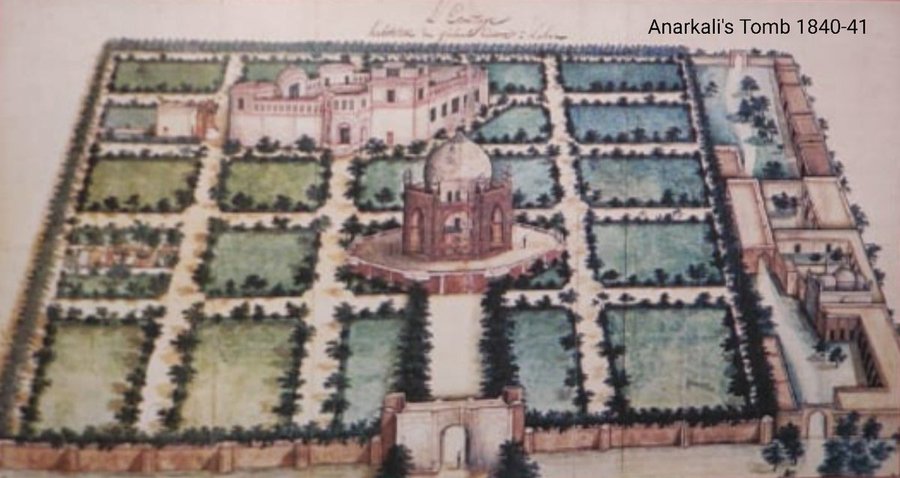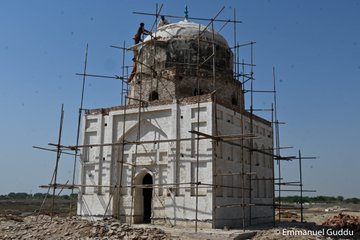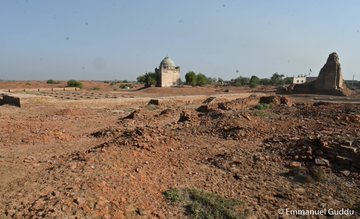ghazi52
PDF THINK TANK: ANALYST

- Joined
- Mar 21, 2007
- Messages
- 104,413
- Reaction score
- 106
- Country
- Location
Anarkali's love triangle was Ist mentioned by British William Finch in 1611 at Lahore.
Edward Terry was 2nd person who wrote about Anarkali in Early Travels in India. Imtiaz Ali Taj influend by French historian Alain Desoulires research, fabricated the story in his play Anarkali.

Sobha Singh converted Anarkali's tomb into Police Station. Ranjit Singh made its garden's a military ground & shifted its marble to Amritsar. Kharak Singh was crowned in its gardens, his mother cremated there. Gen Ventura & Avitable lived in it. Was a British era office & church.
A relatively unknown British named Sir Thomas Herbert is the third person who mentions Anarkali. He briefly indicates that one of Akbar's favourite wives was named Pomegranate (Anar) who was harassed by Salim.
Edward Terry was 2nd person who wrote about Anarkali in Early Travels in India. Imtiaz Ali Taj influend by French historian Alain Desoulires research, fabricated the story in his play Anarkali.

Sobha Singh converted Anarkali's tomb into Police Station. Ranjit Singh made its garden's a military ground & shifted its marble to Amritsar. Kharak Singh was crowned in its gardens, his mother cremated there. Gen Ventura & Avitable lived in it. Was a British era office & church.
A relatively unknown British named Sir Thomas Herbert is the third person who mentions Anarkali. He briefly indicates that one of Akbar's favourite wives was named Pomegranate (Anar) who was harassed by Salim.

















